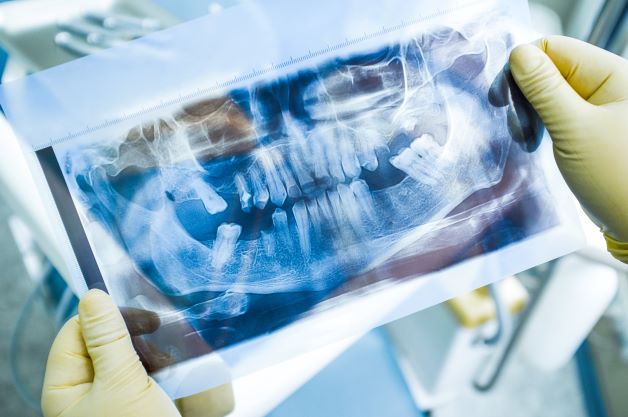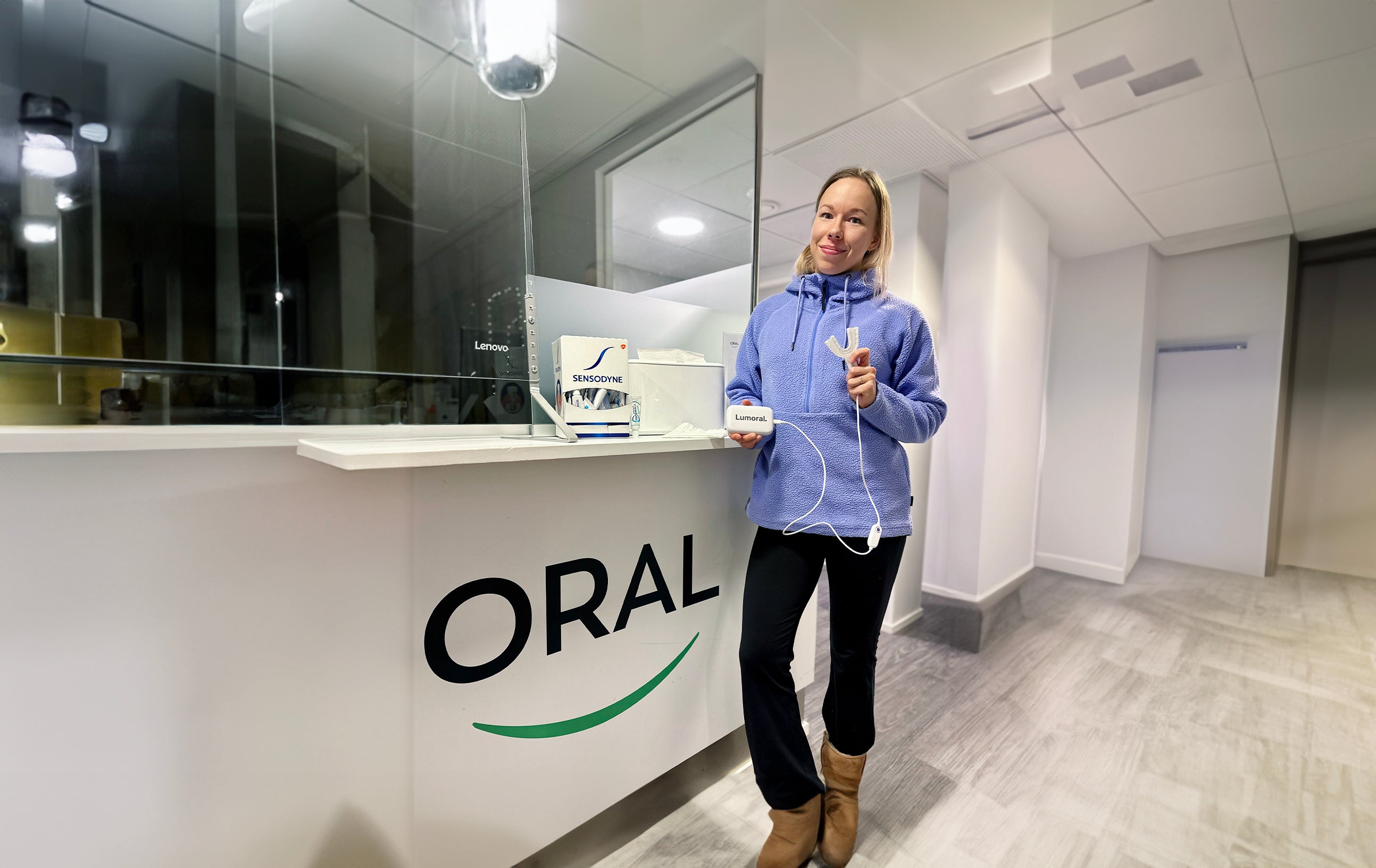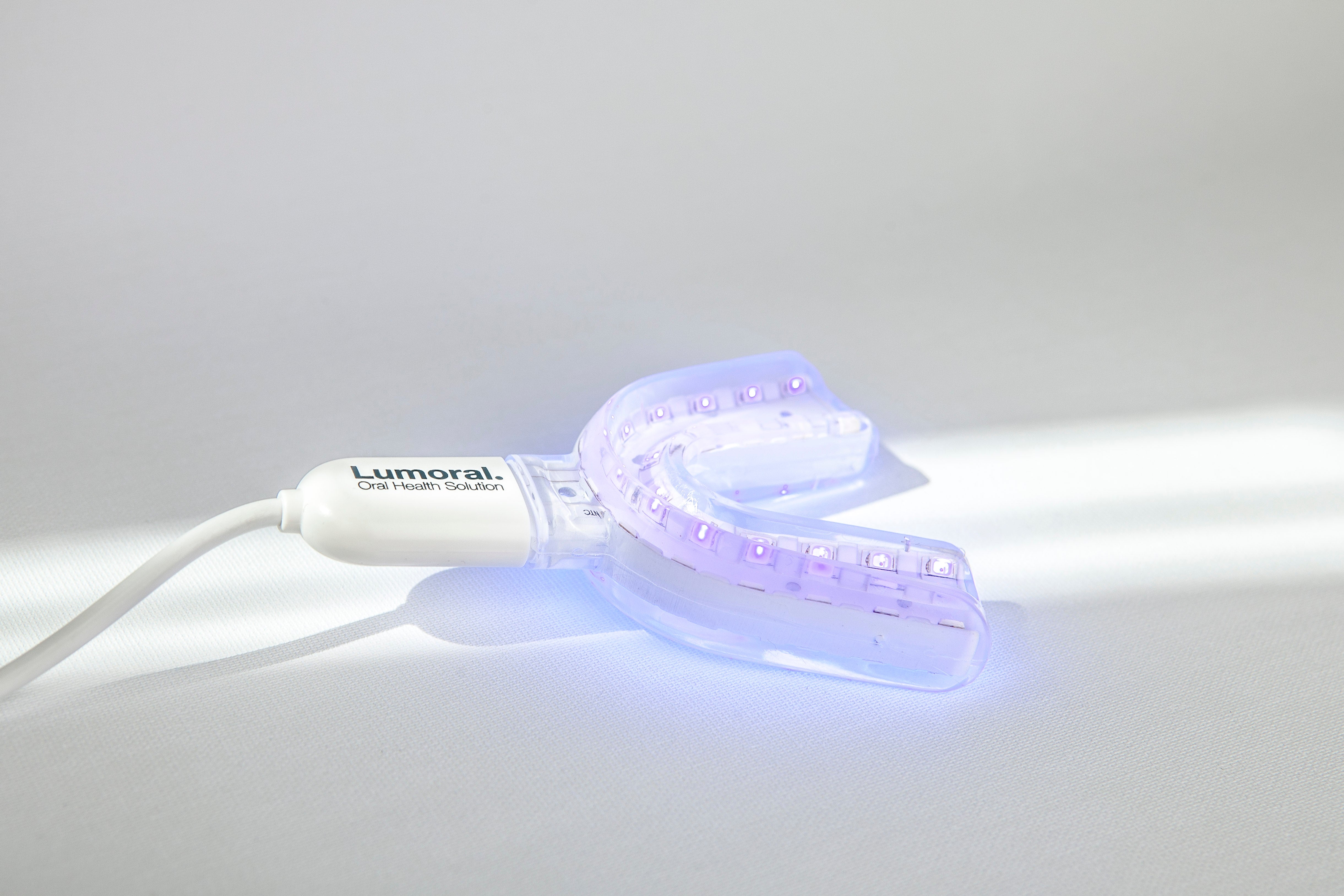- All posts
- 8 Media Venture
- althetics
- aMMP8
- Annimari Korte
- Antibiotic resistance
- Apotek Härtat
- Aqua Dental
- athlete
- Award
- Baltics
- Bonnier
- Bonnier News
- Brain health
- Business
- Cancer
- cardiovascular disease
- caries
- Chemo therapy
- children
- collaboration agreement
- Croatia
- Denmark
- Denta
- Dental erosion
- Dentex
- diabetes
- Dual Light
- Duodecim
- EFP
- EFR
- Estonia
- EuroPerio
- event
- Expodental
- FIBO
- fund raising
- general health
- Gingivitis
- Gum disease
- HAP
- HealthHub Pharma
- HIDES
- Hospital infections
- hospital-acquired pneumonia
- IBD
- Iceland
- IDS COLOGNE
- implantology
- invest
- investment
- italy
- Koite Health
- Latvia
- Lithuania
- lumoral
- Lumoral App
- Lumoral Junior
- Maritime industry
- Media
- MegaGen
- Movie
- News
- Nordic markets
- Nordics
- O
- Olympics
- Oral health
- Oral hygiene
- Oral mucositis
- Patent
- PDT
- peri-implantitis
- Perio Master Clinic
- Periodontitis
- periodontology
- Photodynamic therapy
- Press
- Ranking
- Romania
- Scandinavian Society of Periodontology
- Science
- Seafarer
- Seedtable
- share issue
- Shareissue
- Siblings movie
- Spain
- spots
- Stroke
- Study
- sweden
- Tartar
- techtour
- Thailand
- UK
- United States
- Valentine's Day
- WHO
- World Cancer Day
- World Health Day
- World Heart Day
- world oral health day
- World Smile Day

Fresh breath is the key to overall well-being
Valentine's Day is approaching – a celebration symbolizing love and friendship. Therefore, it is an appropriate moment to consider the importance of fresh breath in relationships. Good oral hygiene...

Dental disease that many overlook – this is what you should check for
An untreated inflammation in the gums can eventually lead to periodontitis. Yet, many people overlook the symptoms of gingivitis, as it is also called. Here are the signs you should be on the looko...

The Finnish innovation that is revolutionizing dental care
Clean teeth – for real. Through dual light therapy, the new Lumoral treatment removes 99.99 percent of harmful bacteria in your mouth – something that neither a toothbrush or flossing can do. Plaqu...

Treatment of Periodontitis in Smoking Patients with the Lumoral Method
(This article is based on the writing of dentist Viktoria Ljutkina, published in the largest dental medicine periodical in Estonia, Ajakiri Hambaarst. Ljutkina works as a dentist at Läänemere Hamba...

World's Fastest Dental Nurse Aims for the Olympics
Finnish sprinting star Aino Pulkkinen (25) has successfully combined a rising athletic career with a profession as a dental nurse at a dental clinic in Jyväskylä, Finland. Balancing high-level spor...

Antibacterial Dual-Light Therapy: A Novel and Effective Approach to Managing Oral Mucositis
Jessica Hentilä, a student at the Faculty of Medicine, University of Helsinki, conducted in-depth research on oral mucositis and its treatment. Oral mucositis is an inflammatory condition of the or...